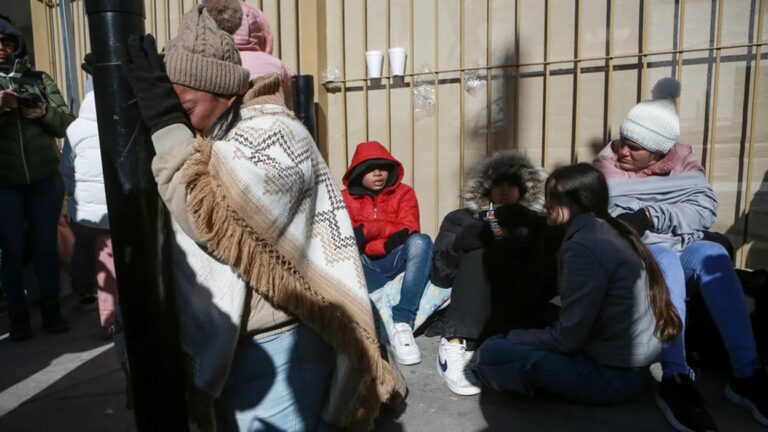 Speaking Monday in Brussels, Uber Chief Executive Travis Kalanick presented his vision of city mobility in Europe: sharing cars for the commute to work, the way people do in technologically advanced U.S. or China.
Speaking Monday in Brussels, Uber Chief Executive Travis Kalanick presented his vision of city mobility in Europe: sharing cars for the commute to work, the way people do in technologically advanced U.S. or China.
In San Francisco and in 19 cities in China, Kalanick said, thousands of people use UberPool, his company’s ride-sharing service. But that’s not possible in Europe because of what he called its regulatory frameworks. “Imagine if the 300,000 Brussels citizens driving into work this morning could pick somebody up and make a small profit from doing it,” Kalanick said. “More people would carpool, we’d have less congestion, the air would be less polluted, we’d all live in a better place. The city doesn’t even have to use taxes to make it happen.”
That’s the problem with Uber in Europe: The company’s executives, Kalanick included, believe they bring their miraculous innovations and expertise to a hidebound culture that resists change for no good reason. Europeans aren’t that backward, though: They use a thing called public transportation to get around.
To appreciate the degree to which Europeans rely on transit, compare it to San Francisco, one of the few cities in the U.S. where people use public transit almost as much as they drive alone to work: 33 percent of the city’s residents jump on a bus, a streetcar or a train, and 36.6 percent selfishly use their own cars. The Bay Area Rapid Transit System registered 132.1 million rides in 2014. Yet the Brussels Metro counted 133.4 million rides — in a city with about one-seventh the population.
Throughout Europe — in both urban and rural areas — 16 percent take public transportation at least once a day; another 19 percent do it a few times a week. That means about the same share of Europeans as San Francisco residents commute to work by bus or train. In the U.S. as a whole, the share is 5 percent. (New York has a greater share of people using public transport than, say, London or Berlin, but it’s an outlier in the U.S.)
It’s pretty easy to see why people use public transport in Europe: It’s clean, efficient, ubiquitous and cheap, because it’s heavily subsidized. Governments pay because it’s worth it: A bus or (especially) a subway train is extremely efficient at carrying many people at once. Private car pooling can never match the efficiency. French-based BlaBlaCar and German-based Carpooling.com, which vie for Europe’s long-distance ride-sharing market, count, on average, 2.8 people to a car compared with the European average of 1.7 people. That’s a significant increase, but it’s not the dozens of people a bus can carry.
Even that sort of rider density is difficult to achieve when sharing short rides, simply because people’s routes don’t match that well. Last December, the city of Helsinki shuttered Kutsuplus — a ride-sharing service that did route matching and Internet booking before Uber came along. The blue minibuses often traveled half-empty simply because too few people wanted to go to the same places. European cities are irregularly planned and there are often no defined business areas; that makes sharing short rides difficult, even with good matching algorithms like Uber’s.
A ride on Kutsuplus cost $5.50 (5 euros), but the city put the associated subsidy cost to taxpayers at another 17 euros. The service used a tiny fleet of just 15 buses, and its founders said the costs would have gone down if the service were scaled up. Uber, with its enormous financial resources and experience, has no problem with scaling, and it would probably drive the costs down quickly. Still, at 45 percent of regular Uber taxi fares, the ride-sharing service UberPool nevertheless charges on a taxi-like order of magnitude, not a subway or bus one.
There’s a bigger problem with giving up one’s own car for a ride-sharing service: It requires giving up one’s privacy the way one does on public transport. People don’t drive their cars to work in a congested city such as San Francisco or London because they’re evil or stupid; they value their commute as private time when they can think uninterrupted or listen to their favorite music, a podcast or the news. With a service like UberPool, there are other problems, such as detours to pick people up. Even drivers don’t like the shared rides — they don’t make enough extra money to pay for the hassle. For passengers, the comfort level isn’t significantly higher than on public transportation, but the prices are.
Kalanick does have an argument for European regulators: His company can, theoretically, reduce congestion and pollution at no cost to taxpayers if it can get them to use a service such as UberPool. The Europeans won’t necessarily buy it, though. UberPool has been active in the Bay Area since 2014, with no noticeable effect on congestion, which just keeps getting worse.
It may just be that Uber doesn’t have a solution to European cities’ congestion problems and it’s just another taxi service with an app — like many others that already operate in European cities, only with fewer social guarantees for drivers.
In that case, Kalanick shouldn’t just learn to “speak European,” as he says he tried to do at the European Commission on Monday. He needs a better grip on the reality of European urban transportation, where his company’s services come into direct competition not just with the “taxi establishment” but with highly efficient public transit networks. Regulators have good reasons for considering transit a more progressive way forward for city mobility, rather than giving Uber the run of the place.
(c) 2016, Bloomberg View · Leonid Bershidsky











One Response
There is no comparison between car pooling and public transportation because car pooling is door to door and public transportation is not. carpooling is worth more for this fact all the more so in bad weather or for passengers with bad feet who have trouble walking from the bus to their home.